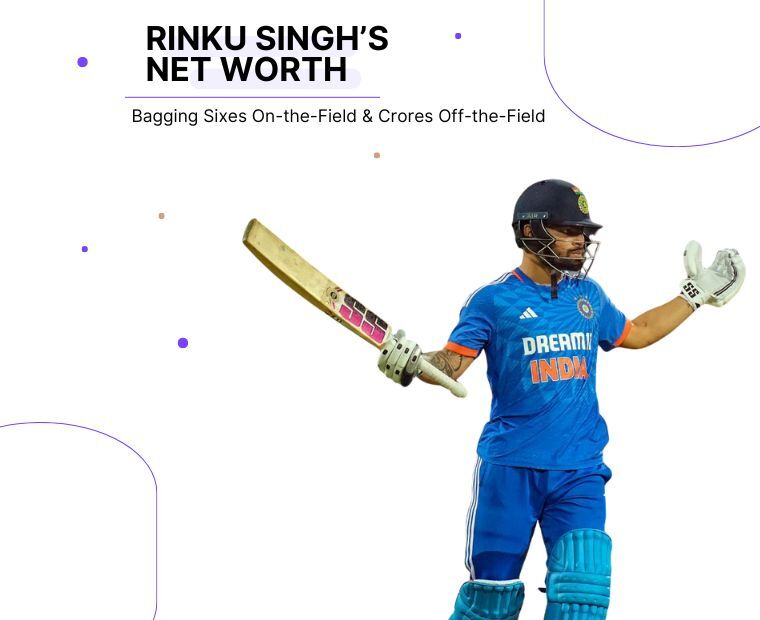
Table of Contents
Modified On:
We’ve all had this dilemma of if we should buy a car upfront or take a loan for it. If you’re thinking about getting a car anytime soon and find yourself asking the same question, we suggest you give this blog a read!
One of the most exciting moments in our lives is when you get yourself a new car, whether through a car loan or an upfront purchase. It's a great investment, albeit one that depreciates, but it allows you to travel whenever you feel like. A good car is also a status symbol and an efficient way to get your work done faster.
However, one pertaining question remains? How to buy it. Do you want to go for a car loan, or do you want to purchase it upfront? We'll help you break down your options and make them easier.
Choose the Car First!
Choosing your budget is the first stage in the car-buying process. Even though this is a very personal topic, it's important that you control your spending so that your budget doesn't disrupt your entire financial situation.
Keep it your top goal if you can pay a significant sum upfront. But if you think spending a large sum of money will be challenging, look into financing. It can be a great way to ease the cost of your vehicle, though it does come with certain restrictions.
Figure Out the Actual Cost of Getting a Car Loan
All of India's main banks provide automobile loans, and because the loan is backed by a car, the interest rate is lower than it would be for an unsecured loan like a personal loan. Other expenses, albeit little, raise the total costs together.
Loan Purchase of a Vehicle: How Much More are You Spending?
You must make the down payment before considering taking out a car loan. Most banks lend you between 80% and 90% of the car's on-road pricing. When you buy the car, you must pay 10% to 20% out of your wallet.
Therefore, you would need to put down between Rs. 1.2 lakh and Rs. 2.4 lakh if you take out a loan for a vehicle with an on-road pricing of Rs. 12 lakh.
As we previously stated, the main expense you experience, in addition to the cost of the vehicle itself, is the interest on a car loan. The loan amount, interest rate, and loan term all affect how much interest you will ultimately pay.
Today, most banks provide auto loans with up to five years; however, some lenders offer terms of up to seven years.
Let's use the example of a car with on-road pricing of Rs. 12 lakh to illustrate how much more you ultimately pay. You decide to put down 10% and borrow the remaining 8% on a car loan. As a result, you will make an upfront payment of Rs. 1.2 lakh and borrow Rs. 10.8 lakh.
The cost of a car loan increases over the five or seven-year term. As a result of interest and other fees, you end up paying an additional 20% to 30% of the car's value.
Also, note that although individual EMI payments appear inexpensive, choosing the longer duration significantly raises your interest expense. Furthermore, no tax advantages are associated with paying down a car loan, unlike a home loan or an education loan.
Let's now think about an option to get a car loan.
What if You Could Save First and Spend on a Car Later?
It can seem like a smart idea to obtain a car loan today to purchase the car, especially since you will have immediate access to it. But deferring your purchase and paying for it out of resources set aside, especially for a car purchase, can be a wiser move.
Let's use an example to clarify this. Let's say you decide to wait five years instead of taking out a loan to pay for the Rs. 12 lakh car. The Rs. 1.2 lakh you set up for a down payment is now invested.
You choose aggressive hybrid funds because they offer some protection from market volatility since you need the money in five years. You eventually have about 2 lakh.
Your initial investment of Rs. 1.2 lakh has increased to Rs. 1.97 lakh, lowering the amount required to buy the Rs. 12 lakh car to Rs. 10.03 lakh.
Next, you decide to invest the same amount, or Rs. 20,000, monthly via a SIP rather than making an EMI payment of Rs. 20,276 over the following five years. Your corpus at the end of five years will net you about Rs. 15.5 lakh, assuming the same 10% average yearly returns.
You have around Rs. 17.5 Lakh when you combine this with the down payment expense.
With Rs. 17.55 lakh in your pocket, you can buy your preferred car's premium model or an even better one. All it will take for you to do this is some patience on your part and disciplined investing.
You can consider terminating the SIP after achieving your immediate objective of getting your car. However, think about making additional investments beyond the initial five years instead of stopping the SIP.
In this manner, you can save money to update your current vehicle or buy a brand-new one every five years.
To sum up
If you have to choose between getting a car loan and saving up for one, the latter choice is unquestionably preferable simply because of the money you could save. A car loan can provide you immediate access to the vehicle, but you'll pay 20% to 30% more than the on-road price and won't even own the car until the loan is repaid.
In contrast, if you use your savings to acquire the car, you immediately become the vehicle owner and finish the transaction debt-free.
Even if you might have to wait a while, it is unquestionably a better choice to buy a car out of your funds than taking out a car loan in light of these advantages. Since most of us are prepared to wait for a sale to save money on other large purchases, why not when purchasing a car?

Save Money in Digital Gold

.svg)







.png)
.png)











.jpg)


